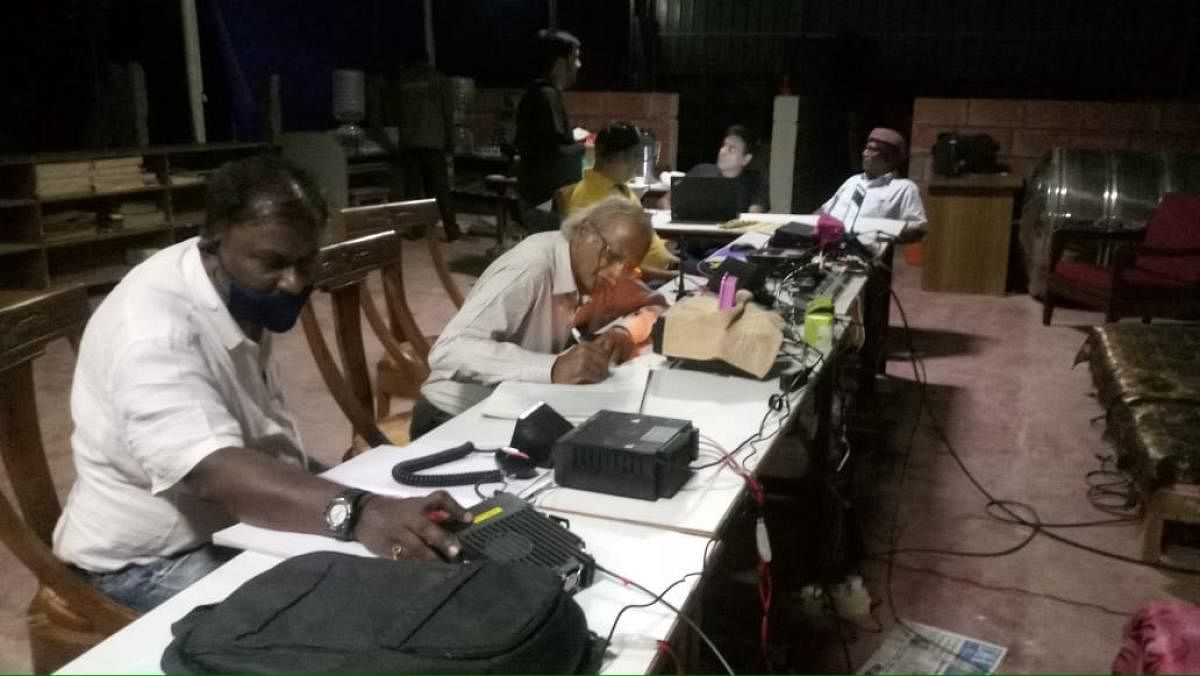
Communication turns out to be a major challenge when natural calamities strike, and even a hobby can come in handy as a life-saving resource in such times.
One such intriguing hobby, which has saved lives multiple times in the hour of need, is that of Ham radio. Amateur radio is internationally accepted as the main means of emergency communication. In India too, Ham radio operators have rallied around in every possible emergency, from earthquakes to floods and cyclones, and their efforts have been lauded. Even in the recent flood situation across many parts of the country, Ham radio communication helped save many lives.
Ham radios are currently active from the Sundarbans in West Bengal to the Western Ghats in the Konkan region. Both the areas were hit with cyclones and floods recently. When it is difficult to establish mobile connectivity, Ham radio’s high-frequency signals connect to the vulnerable areas to send relief.
There are over three million Ham radios worldwide, each of whom has a call-sign that denotes their identity, country, and whether the person is using the Ham radio for personal use, military use, or for aircraft. Bengaluru has an Indian Institute of HAMs, which completed 100 years recently.
Metrolife spoke to two Ham radio aficionados — Nagesh Naidu and TS Ganesh — to understand more about the Ham radio community and their work. Both Naidu and Ganesh have been on Ham radio for over four decades.
Naidu, who earlier worked as a communication officer in the merchant navy, shares his tryst with the gadget: “I can tell you hundreds of stories about how we have used the equipment for saving lives and educating people. At our own cost and peril, we go out whenever and wherever there are people in need. Ham radios were active during all-natural calamities in India, be it the 2002 Gujarat earthquake, the Tsunamis of 2004, the 2013 cloudburst in Uttarakhand, or the 2018 floods in Kerala.”
Recalling another incident, he says, “In 1975, I came across a 10-year-old boy from Thiruvananthapuram. He was suffering from a rare form of cancer and 20 vials of this vaccine was needed to save his life. These vials cost Rs 260 in India, and this was in the 70s. Luckily, we could establish contact with Israeli, South African, and German Ham radio operators, and eventually with one in Rome, Italy. There was a stockpile of all essential vaccines in this Italian medical organisation, and they sent multiple boxes of the vaccine through Air India. This way, we were able to save the child’s life.”
Ganesh got his Ham radio licence in 1965. He says that Ham radio is more than just a hobby because the whole community responds and helps in making maximum recovery in the hour of need. “But despite a fairly large community, not many people know about the work that is done by the community when disasters strike,” he laments.
Indian Institute of Hams, Bangalore Amateur Radio Club, Lions Club International Amateur Radio Club – Bengaluru, and Mangalore Amateur Radio Club are some of the clubs affiliated to the Amateur Radio Society of India (ARSI). All Amateur Radio operators are eligible to volunteer as a member in their region. The Ministry of Communication grants the licence for Ham radio in less than six months these days.
What is Ham radio?
It is an amateur radio set that is used by licenced people for non-commercial exchange of messages, private recreation, self-training, emergency communication, etc. Today, the Ham radio community is an essential part of disaster preparedness and management.